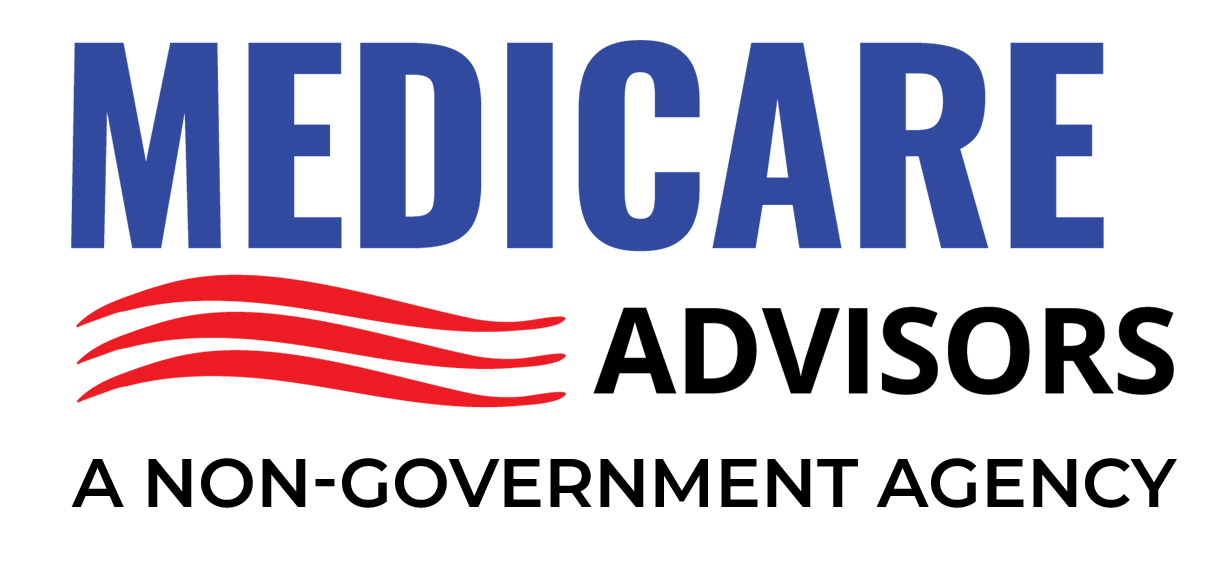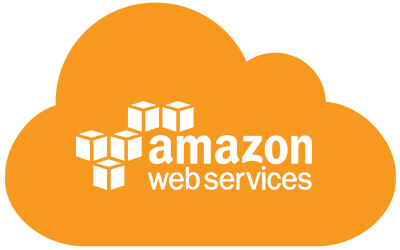Understanding Health Plan Options
Health insurance plans come in various types, including HMO, PPO, EPO, and POS, each with its own set of benefits and drawbacks. Understanding the differences between these plans is crucial for choosing the right one for your needs. Factors to consider include affordability, accessibility, and network quality.
What is a PPO?
A Preferred Provider Organization (PPO) is a type of health insurance plan that contracts with providers to build a network. PPO plans offer flexibility, allowing employees to see any doctor or specialist without needing a referral. PPO plans typically have higher premiums but offer more flexibility and lower out-of-pocket costs for in-network services.
What is an EPO?
An Exclusive Provider Organization (EPO) is a type of health insurance plan that covers costs only if the participant goes to doctors, specialists, or hospitals in the plan’s network. EPO plans have larger networks than HMOs and may or may not require referrals from a primary care physician. EPO plans offer more flexibility than HMOs but with a larger network.
Network Considerations
PPO plans have a larger network of providers, including out-of-network providers, but may require more paperwork and higher costs. EPO plans require sticking to in-network providers for non-emergency care, often translating to lower premiums and reduced out-of-pocket expenses. HMO plans limit coverage to providers and hospitals within its contracted network.
Costs and Tax Implications
PPO plans generally have higher monthly premiums and out-of-pocket costs in exchange for increased flexibility and coverage for out-of-network services. EPO plans tend to have significantly lower monthly premiums and lower out-of-pocket costs. Providing employees with access to quality healthcare plans can help keep your workforce happy and healthy and may be eligible for tax credits.
Plan Flexibility and Referrals
PPO plans offer flexibility, allowing employees to see any doctor or specialist without needing a referral. EPO plans may not require referrals before getting care, as long as you choose providers within the EPO network. HMO plans typically require referrals from a primary care physician before seeing specialists.
Choosing the Right Plan
Choosing between a PPO and an EPO can significantly impact your costs and your employees’ satisfaction. Consider factors such as your workforce demographics, budget, and healthcare needs when selecting a plan. A PPO plan might be the better option for a diverse workforce, offering flexibility and allowing employees to choose from a wider range of healthcare providers.
Frequently Asked Questions
Which is better, EPO or PPO?
The choice between EPO vs PPO depends on individual needs. PPO plans provide more flexibility and out-of-network coverage, while EPO plans offer lower monthly premiums and cost savings but restrict coverage to in-network providers.
What are the disadvantages of EPO health insurance?
One major disadvantage of EPO plans is the lack of out-of-network coverage except for emergency services. If you seek care from an out-of-network specialist, you will pay the full cost of medical expenses.
Are EPO plans worth it?
EPO plans can be worth it for individuals who want a budget-friendly plan with lower premiums while staying within a designated epo network. However, they may not be suitable for those who require out-of-network services.
What does EPO insurance cover?
EPO insurance covers medical services from in-network providers, including doctor visits, emergency services, and hospital care. It does not cover out-of-network coverage, except in emergencies.
Making the Right Choice
Choosing between PPO insurance and EPO insurance ultimately depends on each employee’s healthcare needs and preferences. Consider factors such as out-of-pocket costs, network providers, and plan flexibility when making your decision. Weigh the pros and cons of each plan type and consider your specific healthcare needs before making a final decision.





